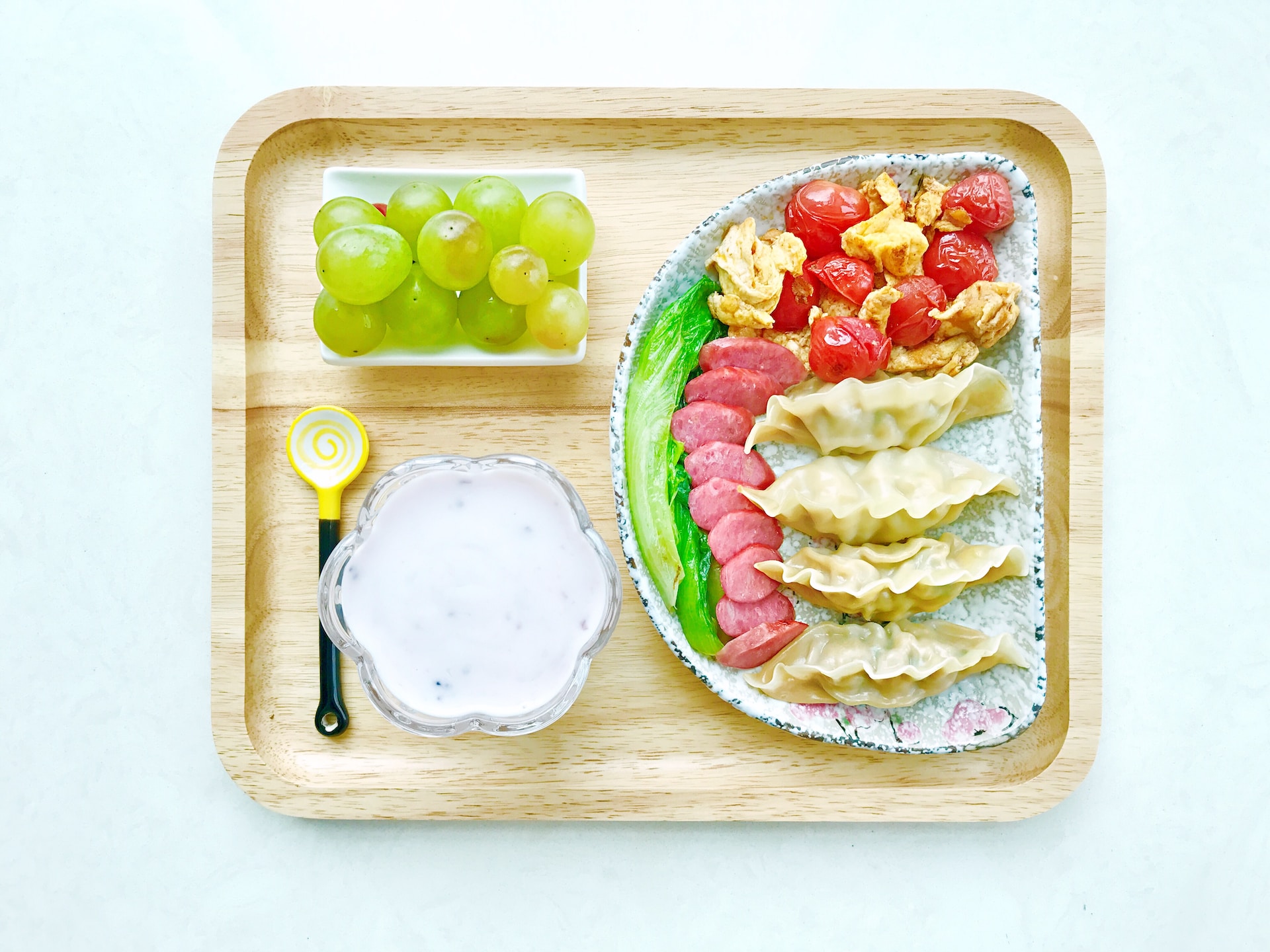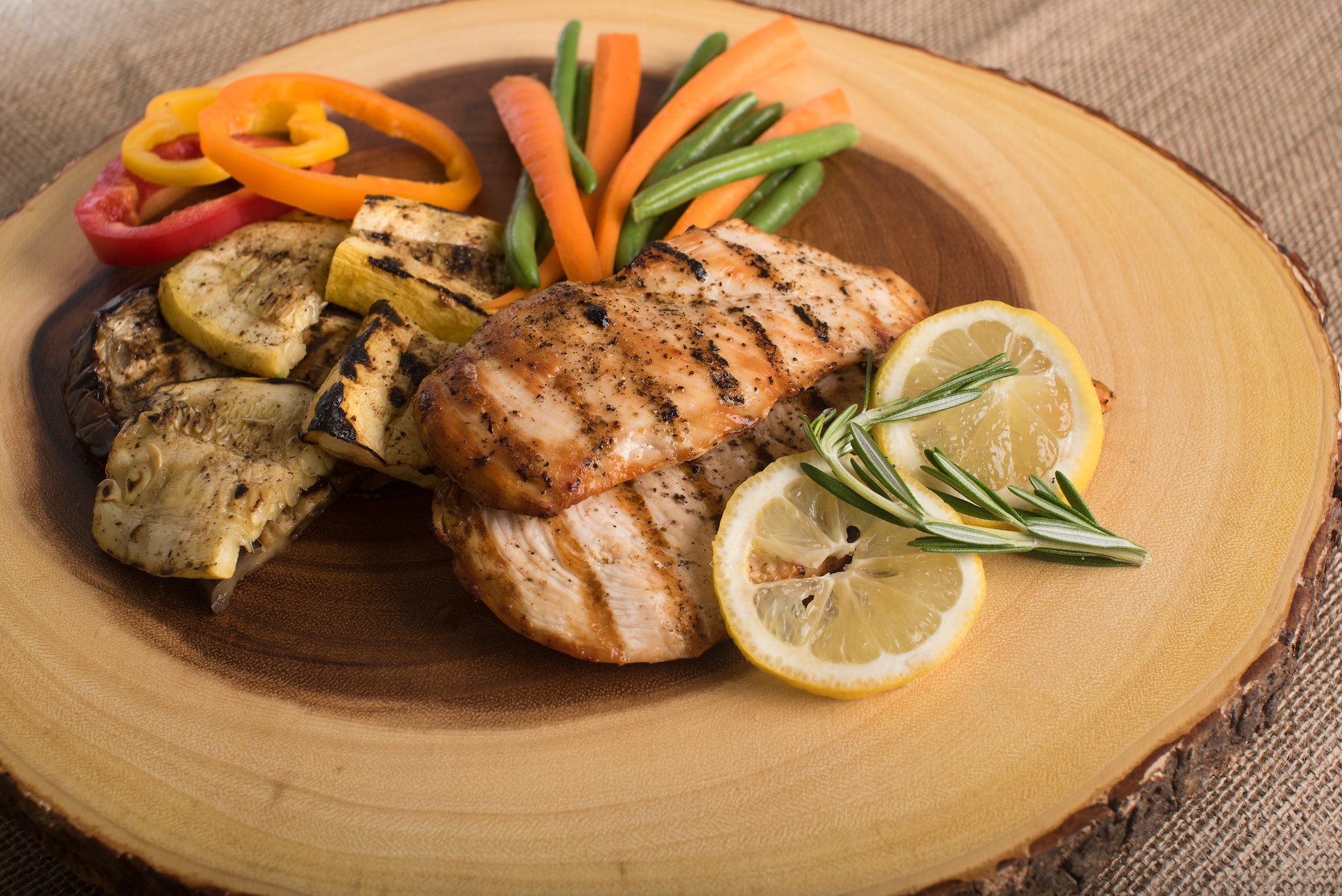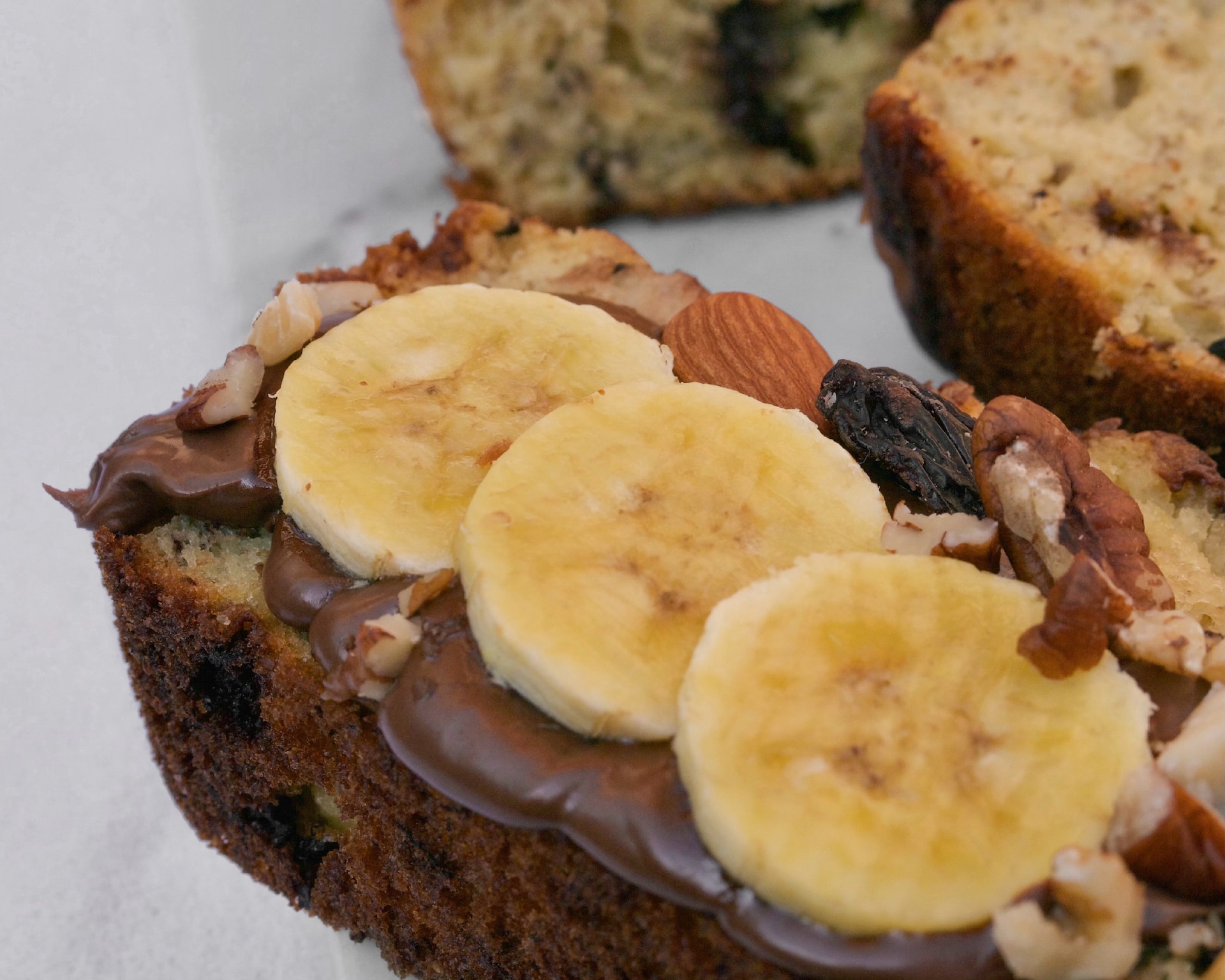Ensuring that your children have nutritious meals throughout the day is vital for their growth and development. School lunches play a significant role in providing essential nutrients and sustaining their energy levels. Here are several practical tips and ideas for preparing healthy school lunches that are both delicious and nourishing. Providing healthy school lunches for your children is an excellent way to support their overall health and well-being. By planning ahead, incorporating a variety of colorful foods, including lean proteins and whole grains, and avoiding processed snacks, you can create nourishing meals that your child will enjoy. Encourage them to participate in the process and make lunchtime an opportunity to explore different flavors and food groups. With these tips, you can ensure that your child’s school lunches are not only nutritious but also delicious.

Plan Ahead
Plan Ahead
Start by planning your child’s lunches for the week. Involve them in the process, allowing them to choose from a variety of healthy options. Consider incorporating a balance of whole grains, lean proteins, fruits, and vegetables. Planning ahead allows you to create well-rounded meals and ensures you have the necessary ingredients on hand.
Pack a Variety of Colors
Make lunchtime exciting by incorporating a rainbow of colors into your child’s meal. Include a mix of fruits and vegetables like carrot sticks, bell pepper slices, grapes, and berries. Colorful foods not only provide essential vitamins and minerals but also make the meal visually appealing and engaging for your child.

Pack A Variety Of Colors
Include Protein-Rich Foods
Protein is essential for growth, muscle development, and sustained energy. Incorporate lean protein sources like grilled chicken, turkey slices, hard-boiled eggs, or plant-based alternatives such as hummus or beans. Adding protein to your child’s lunch helps keep them satisfied and focused throughout the school day.

Include Protein Rich Foods
Swap Refined Carbohydrates for Whole Grains
Opt for whole grain bread, wraps, or pasta instead of refined carbohydrates. Whole grains provide fiber, vitamins, and minerals while promoting sustained energy levels. Prepare sandwiches with whole grain bread, use whole wheat wraps for roll-ups, or include quinoa or brown rice in a colorful salad.
Homemade Snacks and Treats
Avoid pre-packaged snacks that are often high in added sugars and unhealthy fats. Instead, make homemade alternatives such as granola bars, trail mix, or fruit and nut energy balls. These options allow you to control the ingredients and create nutritious, tasty treats that your child will love.

Homemade Snacks And Treats
Hydration is Key
Remember to pack a water bottle or a reusable container with a healthy beverage for your child. Opt for water, flavored with fresh fruits or herbs, or include low-sugar, natural fruit juices. Staying hydrated is essential for concentration and overall well-being.








